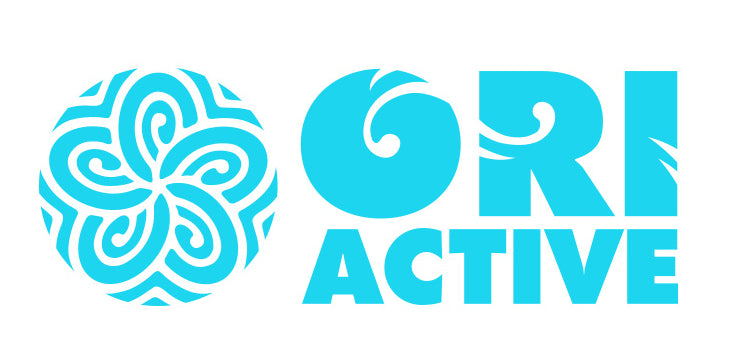Overcoming Long Term Pain Through Diet and Exercise By Jane Upson
Posted on September 19 2018
More than one in 10 American adults is facing long-term or chronic pain. Conditions causing pain include arthritis, injuries, fibromyalgia, headaches, bone fracture, and more. As observed in a study published in the journal Psychiatry, pain is best understood as a perceptual, rather than a sensory phenomenon. That is, people have different responses to the same pain stimuli, suggesting that psychotherapeutic and natural approaches can significantly improve one’s quality of life. Some of the most powerful include exercise, a healthy diet, and stress busting activities such as meditation and yoga.
The Link between Stress and Pain
Depression is extremely common in patients with chronic pain. Studies have shown that often, medication can help not only decrease depression, but also reduce pain. Research also indicates that cognitive behavioral therapy can alleviate both conditions. Stress, depression, and anxiety can increase the perception of pain. Therefore, proactively reducing stress is important to improve both issues. Regular physical activity can help quell tension and pain because it lowers stress hormone levels. It is vital for those in pain to be as active as they can, without taking it too far. Cognitive behavioral therapy can help them monitor their pain levels during their activity, so they can stop before the pain worsens. Activity is important because movement restriction can exacerbate in the long run. Moreover, a sedentary lifestyle is linked to overweight and obesity, which have many associated health risks.
Diets that Target Pain
Harvard academics have noted that a significant amount of chronic pain is caused by chronic inflammation. Evidence exists that a pro-inflammatory diet (one that is too high in refined Omega-6 fats) can worsen pain. On the other hand, a Mediterranean-style diet (which is high in Omega-3 fats) is anti-inflammatory. Diets which are high in refined ingredients and sugar damage healthy cells and organs, potentially leading to chronic pain in muscles, tissues, and joints.
Complementary Activities
Diet and exercise should be backed up by other activities to boost positive outcomes. As mentioned above, cognitive behavioral therapy can help patients stay active, but it can do much more than that. It can also be used to identify triggers for depression and inactivity, and to find positive strategies for times in which pain can be overwhelming. Other useful natural approaches to pain include positive affirmations, Biofeedback, hypnosis, meditation, and more.
If you are battling chronic pain, speak to your doctor about natural methods that could be useful for you. Try as much as you can to stay active and prepare yourself healthy meals, to keep inflammation at bay and to enjoy your muscles and joints stay healthy. Finally, remember to fight stress with the activity that most suits - anything from walking to nature treks, yoga to meditation. Keeping stress levels down will help you perceive pain as something that won’t bring you down.
Jane Upson is a freelance writer

0 comments